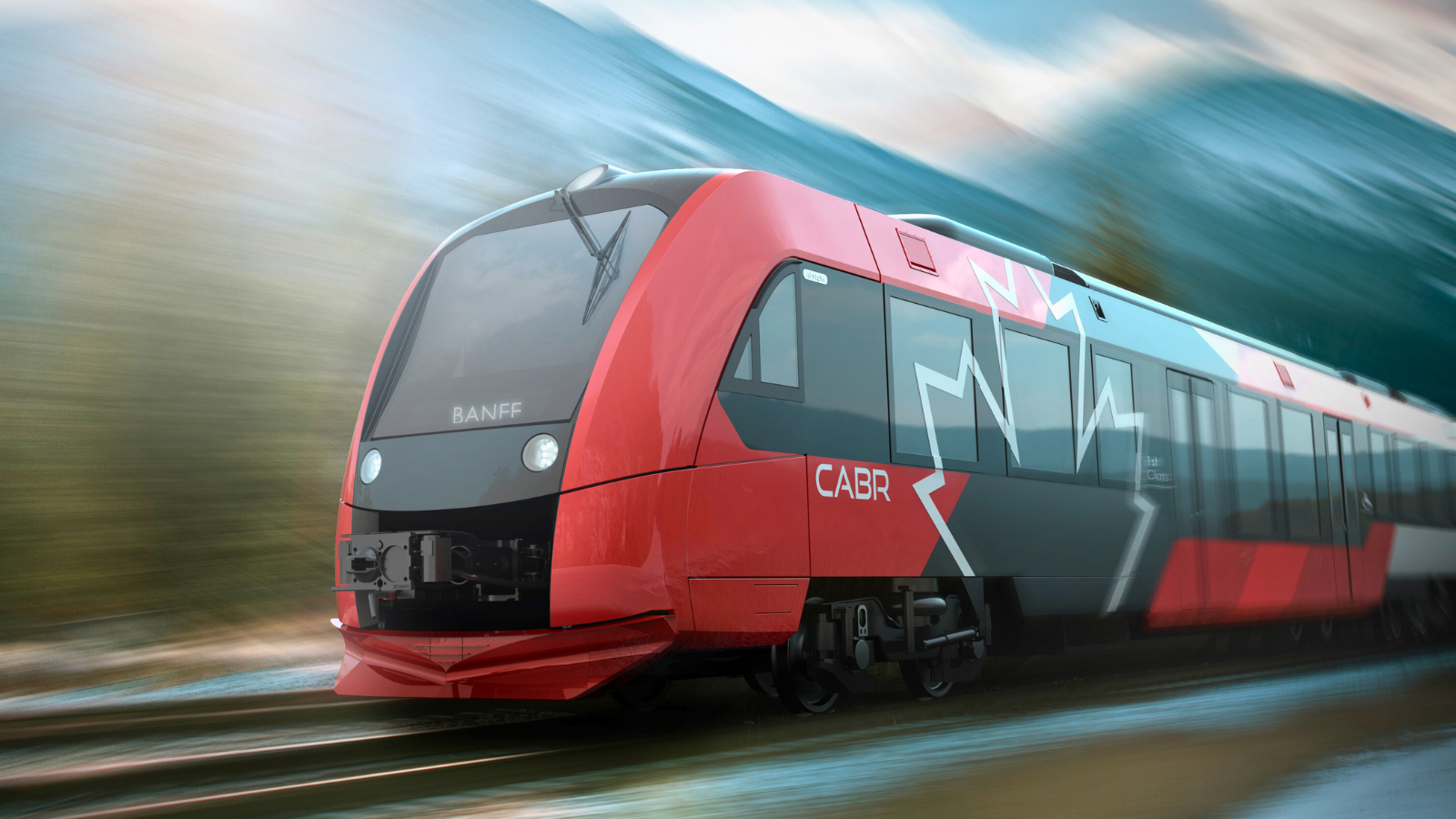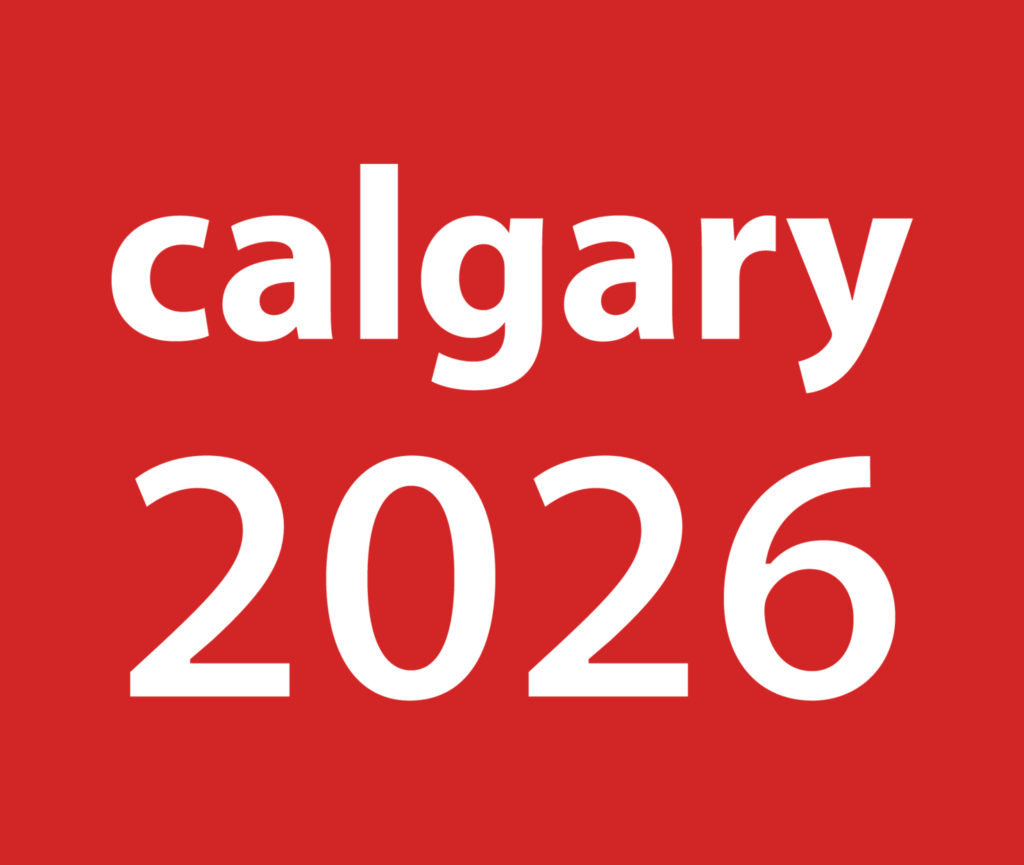
A transformative opportunity lies on Alberta’s horizon: a premium passenger rail service connecting Calgary International Airport to Banff, with stops in Calgary’s downtown core and throughout the Bow Valley Corridor. For business and civic leaders, this isn’t just about tourism, it’s a generational chance to reshape regional development, anchor Calgary’s downtown revitalization, and build future-ready infrastructure for one of Alberta’s most iconic and economically vital corridors.
But without immediate, coordinated leadership across sectors—including tourism, infrastructure, economic development, and private enterprise—the project faces two serious risks: indefinite delay or operational failure at launch.
Now is the time to act. Alberta’s long-term competitiveness is arriving on rails.
Smart Infrastructure for a Smarter Province
The proposed Calgary Airport–Banff Rail Service is designed to provide seamless, car-free access from the international airport, through downtown Calgary, and westward to Cochrane, Stoney Nakoda Nation (Kananaskis), Canmore, and Banff. For international and out-of-province visitors, the experience is frictionless: step off the plane, board a train, and arrive at the foot of the Rockies—no rental cars, no traffic, just a premium journey that enhances the brand of Alberta.
But this project isn’t just about convenience. It’s about positioning Alberta as a modern, climate-conscious, globally competitive destination. It promises reduced emissions, minimized road congestion, and improved connectivity between key economic zones.
And like any great infrastructure initiative, the true value lies not just in the physical asset, but in what it enables at both ends of the line.
Calgary: From Connection Point to Economic Catalyst
For Calgary, the rail project is an opportunity to be more than a pass-through; it’s a chance to be a destination. The direct airport-to-downtown link supports the vision for Calgary’s emerging Entertainment and Culture District, amplifying the economic ripple effects of the new BMO Centre, Stampede Park redevelopment, and major downtown investments.
It also strengthens Calgary’s hand in attracting conferences, international events, and corporate headquarters by offering airport connectivity that few North American cities can match.
For business leaders, this is an invitation to align infrastructure investment with economic growth strategy. Calgary’s downtown revitalization won’t succeed on real estate alone. It needs people, purpose, and world-class access.
The Bow Valley Corridor: Strategic Readiness, or Lost Potential
To the west, the Bow Valley region—including the Stoney Nakoda Nation, Cochrane, Canmore, and Banff—must prepare to absorb the full visitor and commuter journey. And that means more than stations. It means smart planning.
Think integrated transit options, coordinated shuttle services, and car-free pathways from train stations to hotels, trailheads, and key attractions. Done right, this rail line could relieve immense pressure on Highway 1, support local economies, and position the corridor as a model for sustainable growth.
But without cross-municipal alignment, the risk is clear: missed opportunities, frustrated travellers, and an expensive infrastructure project that underdelivers.
A Financial Model That Depends on Seamless Experience
The rail service’s business case is built on a tiered fare model—premium pricing for global tourists subsidizes affordable local and commuter access. But that model only works if the entire journey is world-class. If visitors land in Calgary only to face confusion, delays, or a lack of reliable last-mile transit, they’ll revert to renting cars, and the system breaks down.
This is where Alberta’s business and tourism communities must lead. The solution isn’t just a rail line, it’s a fully integrated, region-wide mobility strategy that enhances experience and drives long-term financial sustainability.
Why Alberta’s Business Leaders Should Care
This project isn’t just a tourism initiative. It’s an inflection point for Alberta’s economic identity. As the province works to diversify its economy, attract top talent, and create globally competitive urban centres, the Calgary Airport–Banff Rail project represents a concrete way to drive those outcomes forward.
What Needs to Happen—Now
In Calgary:
- Champion the rail connection as a central pillar in the city’s economic revitalization strategy.
- Advocate for a permanent, high-quality downtown station integrated with the city’s entertainment and business districts.
- Align marketing efforts to position Calgary not just as a gateway, but as a destination in its own right.
In the Bow Valley:
- Lead regional planning to ensure stations are integrated with tourism services and local infrastructure.
- Develop mobility strategies—shuttles, micro-mobility, and transit links—that support a car-free visitor experience.
- Ensure all destination marketing, ticketing, and service coordination is fully aligned with the rail journey.
Province-Wide:
- Encourage public-private collaboration to fund, promote, and implement the service.
- Create a shared vision for the role of rail in Alberta’s future economic and environmental resilience.
The Window Is Closing
The Alberta Passenger Rail Master Plan is already in motion. Decisions are being made now that will shape the province’s infrastructure for generations. To build a rail experience that drives economic impact, the time for coordinated action is now.
This isn’t a passive tourism play. It’s a high-stakes investment in Alberta’s future, and it needs pragmatic, visionary leadership to get on board.
Bruce Graham
Senior Advisor








